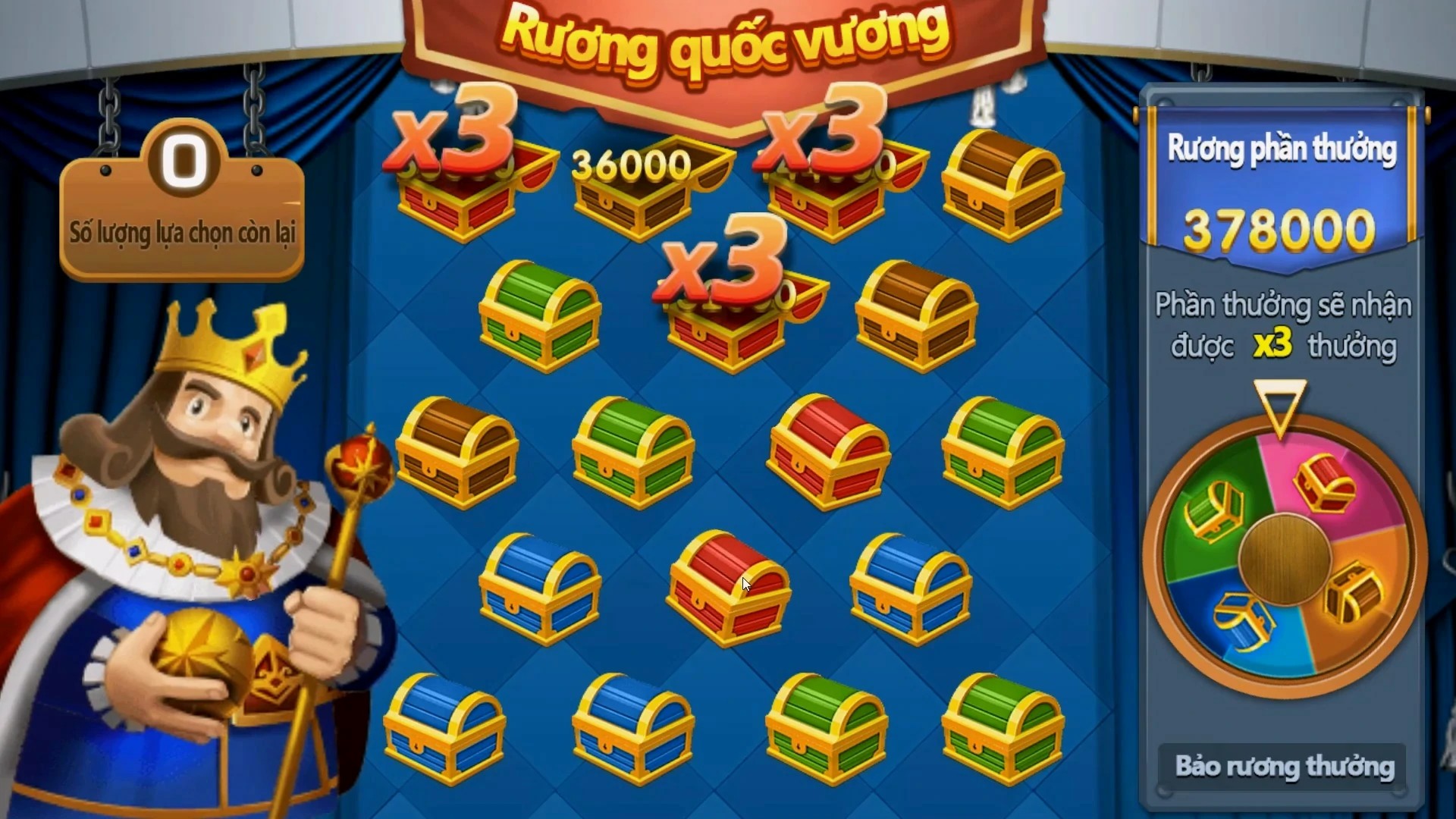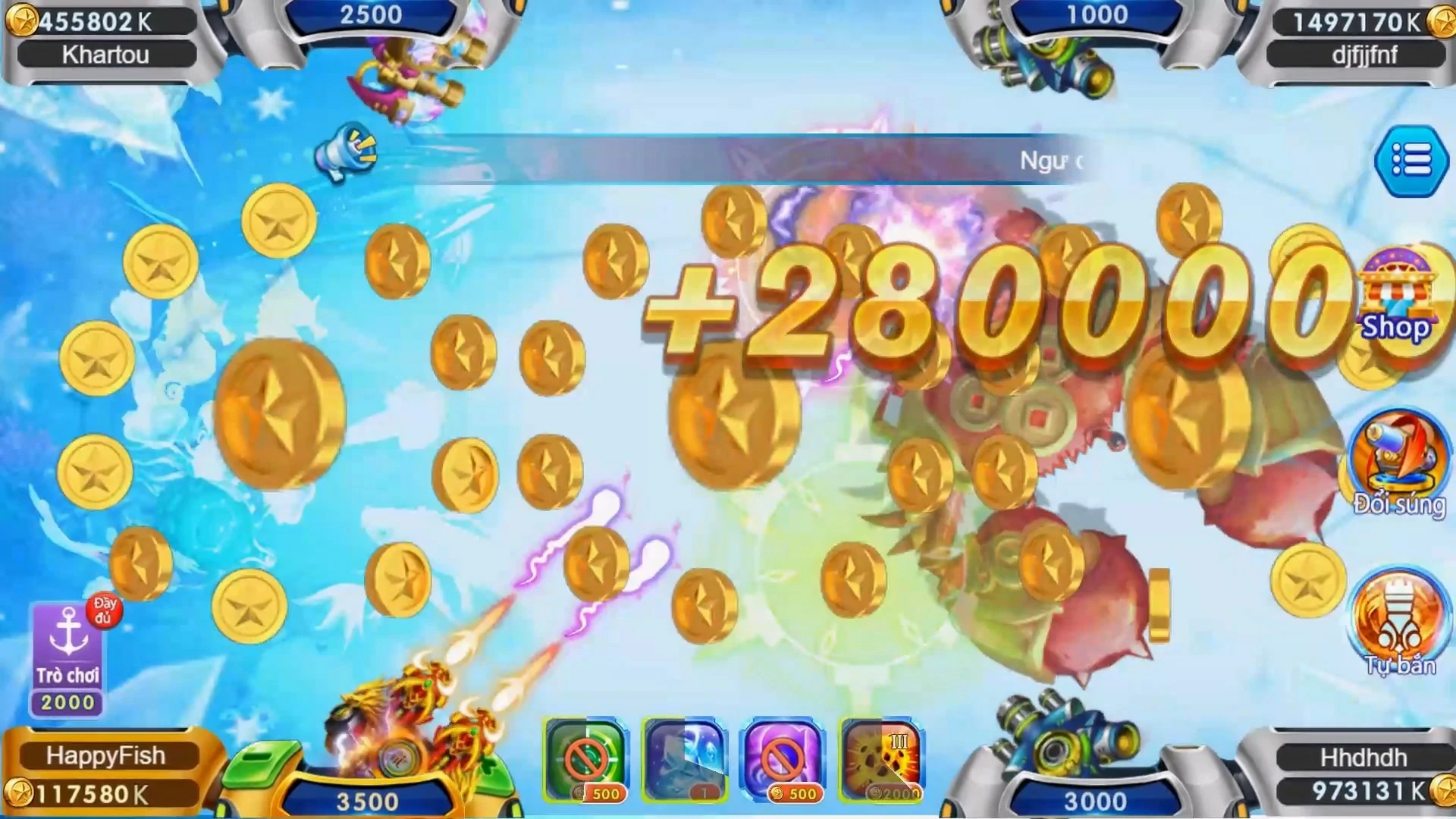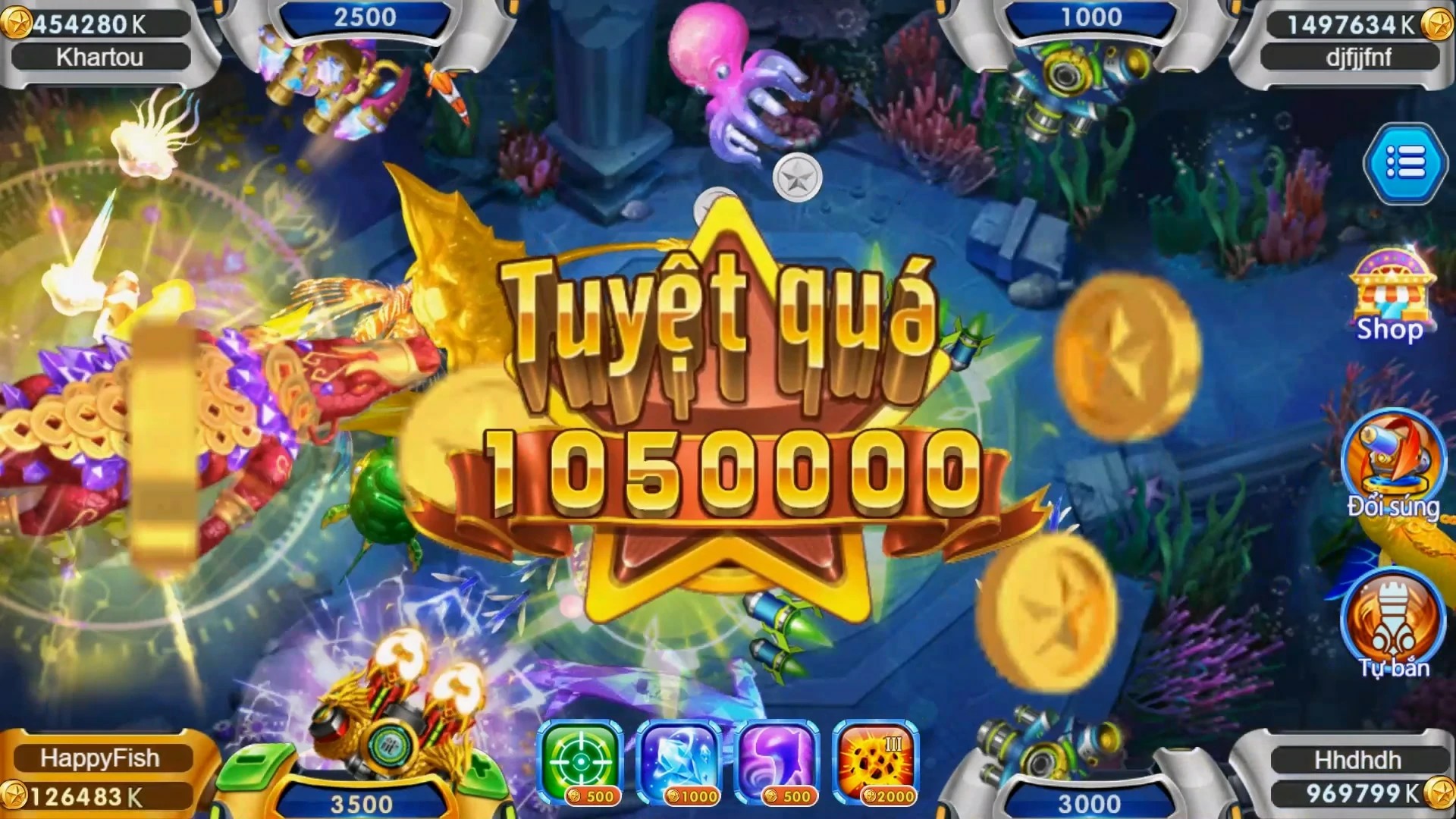Why Idle Games are Taking Over Mobile Gaming: A Deep Dive into Their Rising Popularity
In recent years, mobile gaming has undergone a seismic shift. Among the many genres that have exploded in popularity, idle games stand out as a particularly intriguing phenomenon. But what exactly are idle games, and why are they so appealing to a vast audience? Let's explore the reasons why these seemingly simple games are captivating millions worldwide.
What are Idle Games?
Idle games, also known as incremental games or clicker games, are characterized by their minimal requirement for player engagement. You start the game, make a few initial decisions, and then watch as the game progresses on its own. Think of games like AdVenture Capitalist and Cookie Clicker—the gameplay essentially revolves around clicking and building resources without the continuous need for user interaction.
The Allure of Simplicity
One of the primary reasons idle games are taking over mobile gaming is their simplicity. Unlike traditional mobile games that require skill and attention, idle games offer a straightforward experience. Players can jump in and out at their convenience, making them perfect for casual gamers looking for a quick distraction during their busy day.
Endless Progression: A Strong Hook
Idle games often feature a soft sense of progression that can be incredibly addictive. The feeling of numbers increasing and unlocking new features keeps players returning to "check on their progress." This can be reminiscent of the satisfaction derived from completing tasks in life, such as crossing items off a to-do list. The constant anticipation of improvement keeps players engaged.
Community and Social Elements
The social component cannot be overlooked in the success of idle games. Many of these titles incorporate competitive elements, where players can compare their progress with friends or even strangers. For instance, games like Clash of Clans have taught us the value of community and competition. Even in idle games, you might find leaderboards, challenges, and shared strategies—all of which foster a sense of belonging and motivation to excel.
Why They Cater to Our Busy Lives
In today's fast-paced world, people are busy, and time is a premium. Idle games thrive on this reality by allowing players to engage at their own pace. You can progress while driving, during a meeting, or even while cooking dinner. The expectation of constantly moving forward, even in a passive state, resonates well with our lifestyle demands.
Mobile-First Design: Tailored for Touchscreens
The rise of mobile gaming can't be separated from the improvements in mobile technology. Idle games are perfectly tailored for touchscreens. Their design often prioritizes tapping mechanics, making it easy to play on phones and tablets. You can initiate gameplay with a simple tap, and the game does the rest. That tactile interaction is satisfying, contributing to a more dynamic user experience.
Monetization Models: Free to Play
Another aspect driving the popularity of idle games is their monetization strategies. Most idle games adopt a free-to-play model, offering in-app purchases for boosts, skins, and resources. This low barrier to entry attracts a wide audience, essentially creating a funnel for revenues through microtransactions. Players are enticed to spend just a little to speed up their progress, which can lead to significant profits for developers.
The Visual Appeal and Charm
Although idle games often focus on numerical progression, this doesn't mean they lack visual appeal. Many feature bright colors, quirky animations, and humorous themes that draw people in. The artistry behind these games can be charming, creating a cozy atmosphere that encourages users to stick around. A well-designed idle game can be both relaxing and entertaining—easy to play but hard to put down.
The Role of Gamification
Gamification is a significant draw for players. With an array of achievements, quests, and leveling systems, idle games create a sense of accomplishment. Players are often motivated to go for "just one more level" or "one more upgrade," keeping them hooked for hours. This strategy takes advantage of our inherent desire to achieve and collect, making it hard to resist the lure to come back for more.
Survey: Understanding Player Preferences
| Feature | Importance (1-5) |
|---|---|
| Ease of Play | 5 |
| Visual Appeal | 4 |
| Social Interaction | 4 |
| Monetization Options | 3 |
| Gamification Elements | 5 |
Conclusion: A Future Potential
So, what’s next for idle games? Their blend of simplicity, visual appeal, and rewarding progression means they are likely here to stay. As developers continue to innovate and adapt to player preferences, idle games are set to evolve, bringing even more engaging experiences to mobile platforms. They may just hold a burgeoning market in the gaming industry, where players can stop worrying about "getting good" and start enjoying the calm of growth in their virtual empires. So, whether you’re waiting in line, taking a break, or just looking for a little fun, idle games are your new mobile companion. Give one a try—you might just find yourself hooked!



